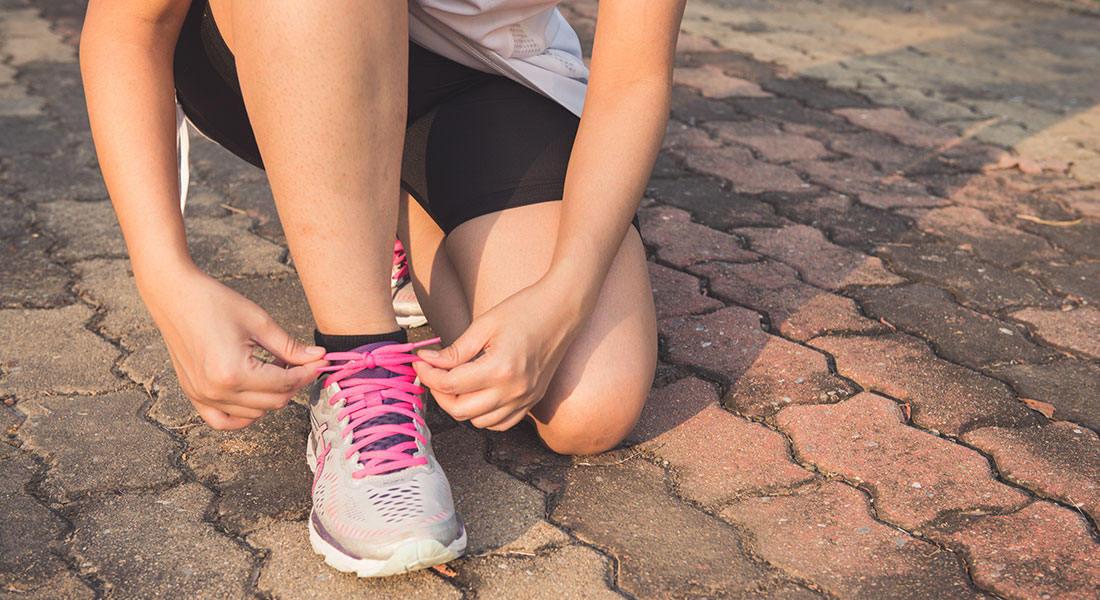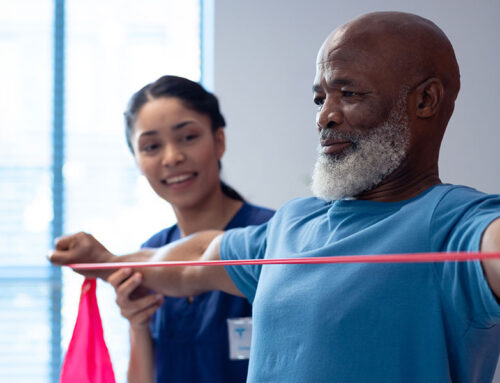Shin splints are the common term for medial tibial stress syndrome. It refers to pain felt anywhere along the shinbone from knee to ankle. People who are active that involve a lot of running are particularly prone to this injury. One of the most common reasons for this pain is overuse or trying to exercise beyond your current level of fitness. Pain felt on the inner side of the shinbone is called ‘medial shin splints’, while the term ‘anterior shin splints’ refers to pain felt on the outer side. While medial shin splints are more common, pain may be felt on both sides of the shinbone in severe cases.
What are the symptoms of shin splints?
The symptoms and signs of shin splints can include:
- Aches and pains are felt along the shinbone.
- The area is tender and sore to touch.
- The overlying skin may be red and inflamed.
- The pain may be felt before, during or after running.
What causes shin splints?
Shin splints can be caused by a number of factors working in combination. These factors include, overusing the leg by exercising too hard or trying to exercise beyond your current level of fitness causing additional strain on lower leg muscles, tendons, bones and joints. Another cause of shin splints is flat feet or over-pronation (rolling in) when the shin muscles that are involved in maintaining the instep or arch of the foot are placed on a constant low-level strain. Flat feet can pull at the shin tendons and cause slight tearing. Poor running technique, high impact activities or running on hard or uneven surfaces can also predispose people to this type of injury. Due to this fact, make sure your wearing comfortable shoes and if they are worn out, you need to replace them.
How to prevent shin splints?
Thoroughly warm up before exercising and include plenty of slow, sustained stretches in your cool down. Incorporate a regular routine of stretching into your fitness program. Strengthen the muscles of your lower legs with specific exercises that a Myotherapist can help you with. Choose flat, softer surfaces to run on, such as running tracks or grassy ovals. Reduce the intensity of your training and invest in good quality shock-absorbing insoles to place in your running shoes. As previously stated, you can also include a variety of different types of exercise such as cycling, swimming or walking.
Seek advice from:
Podiatrist – you may benefit from special shoe inserts (orthotics) to correct flat feet.
Physiotherapist – for correction of biomechanical factors, such as tight or imbalanced muscles as this may be influencing your running style. Your physio can also provide instruction on how to tape your lower legs and feet prior to running.
Myotherapist – to help focus on the soft tissue element of it all and help with the reducing of pain and inflammation in the area.
How to treat shin splints yourself?
Rest from high impact activities that have contributed to the injury, as this allows the affected leg to recover. While you are resting, you can apply gentle self-massage to the muscles along the shin followed by an icepack to the affected area for 10 to 20 minutes, about three or four times daily. This will help with the pain and inflammation in the area to subside and help with relief of the pain. When that has settled you may begin performing low impact activities while you recover, such as swimming.
Reference – www.betterhealth.vic.gov.au/bhcv2/bhcarticles.nsf/pages/Shin_splints, 2011
By Andre Andrade – Elite Myotherapist






